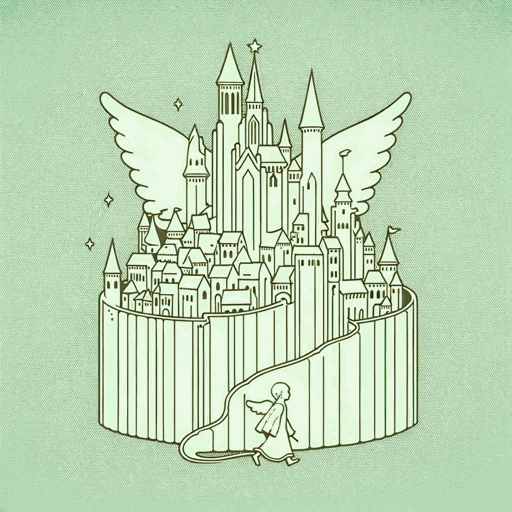63 pages • 2 hours read
Mark Twain, Charles Dudley WarnerThe Gilded Age: A Tale of Today
Fiction | Novel | Adult | Published in 1873A modern alternative to SparkNotes and CliffsNotes, SuperSummary offers high-quality Study Guides with detailed chapter summaries and analysis of major themes, characters, and more.
Themes
Greed and the Metaphor of the Gilded Age
The book’s title later became a common nickname for the era in which the story takes place. Gilding refers to the process of overlaying non-precious materials with a thin layer of gold, enhancing the object’s beauty and perceived value. The novel spans roughly the second half of the 19th century, a period in American history defined by enormous growth in manufacturing, completion of a transcontinental railroad, and the social dominance of “titans of industry” like John D. Rockefeller and Andrew Carnegie, who made fortunes in oil and steel, respectively. These factors contributed to a new vision of the American dream characterized not by financial security but by immense wealth. This vision proved both pervasive and destructive. Just as gilding’s thin layer of gold hides baser materials underneath, The Gilded Age depicts the era’s promise of easy wealth as a facade, hiding greed, fraud, and high rates of financial ruin.
Many subplots in The Gilded Age revolve around greed, manifested in its characters’ desire for riches beyond what they need to live comfortably. Dissatisfaction with the riches they do attain results in risky efforts to get more. Silas Hawkins and Eli Bolton demonstrate this. In Eli’s case, greed is not the only problem.
Related Titles
By these authors

A Connecticut Yankee in King Arthur's Court
Mark Twain

A True Story
Mark Twain

Letters from the Earth
Mark Twain

Life on the Mississippi
Mark Twain

Roughing It
Mark Twain

The Adventures of Huckleberry Finn
Mark Twain

The Adventures of Tom Sawyer
Mark Twain

The Autobiography of Mark Twain
Mark Twain

The Celebrated Jumping Frog of Calaveras County
Mark Twain

The Innocents Abroad
Mark Twain

The Invalid's Story
Mark Twain

The Man That Corrupted Hadleyburg
Mark Twain

The Mysterious Stranger
Mark Twain

The Prince and the Pauper
Mark Twain

The Tragedy of Pudd'nhead Wilson
Mark Twain

The War Prayer
Mark Twain

